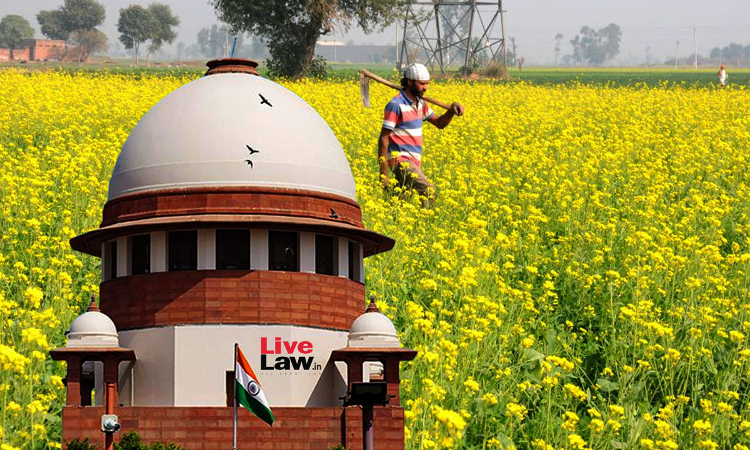GM Mustard | Will Insert Additional Safeguards If Existing Conditions Are Found Insufficient: Supreme Court
Awstika Das
25 Jan 2023 8:21 AM IST

Next Story
25 Jan 2023 8:21 AM IST
Additional conditions will be added to the regulatory framework governing the environmental release of genetically modified crops if the existing conditions fail to broadly account for all shortcomings or dangers associated with the exercise, the Supreme Court orally said on Tuesday. A Bench comprising Justices Dinesh Maheshwari and B.V. Nagarathna was hearing a batch of petitions seeking...
